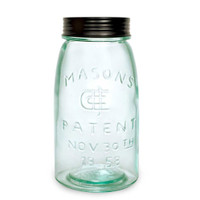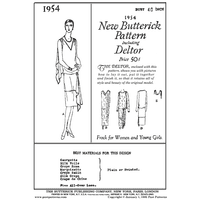 Loading... Please wait...
Loading... Please wait...Categories
Add to Wish List
New Products
- Home
- Historic Patterns
- By Era
- 18th Century
- Women's
- Pocket Hoops
Product Description
Boned hanging pockets also known as Panniers which tie around the waist. Ideal for ball gowns. Hoops collapse for ease of movement and storage. During the 18th Century, a lady of fashion could choose from a variety of methods to extend the shape of the petticoat and gown. For example, she might wear oval hoops, a false rump or pocket hoops. When wearing either oval hoops or false rump, our lady would also wear one or more pockets, in which she could carry her fan, pocket handkerchief, scent bottle, patch box, and other vital accessories.
Pocket hoops, considered most fashionable at some times but not at others, were by far and away the most practical and convenient. Pocket hoops have several advantages over oval hoops and false rump in that: 1) it is not necessary to wear additional pockets, 2) they can be fastened (tied) in front, therefore not making it necessary to slip them down over the head or require other assistance when dressing, and 3) they collapse, so that one might slip through narrow passages when thus attired. And not to be overlooked, pocket hoops are very easy to construct.
This is an original pattern incorporating features and dimensions of extant 18th century oval hoops and pocket hoops, as may be seen at Sandy Spring Museum, The Victoria and Albert Museum, and in Corsets and Crinolines.
One size fits most.










